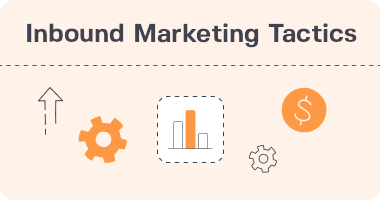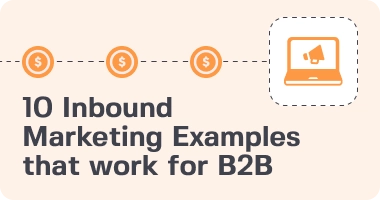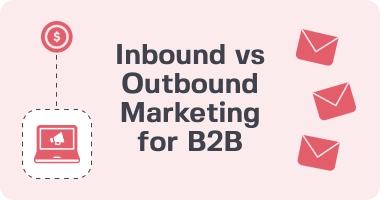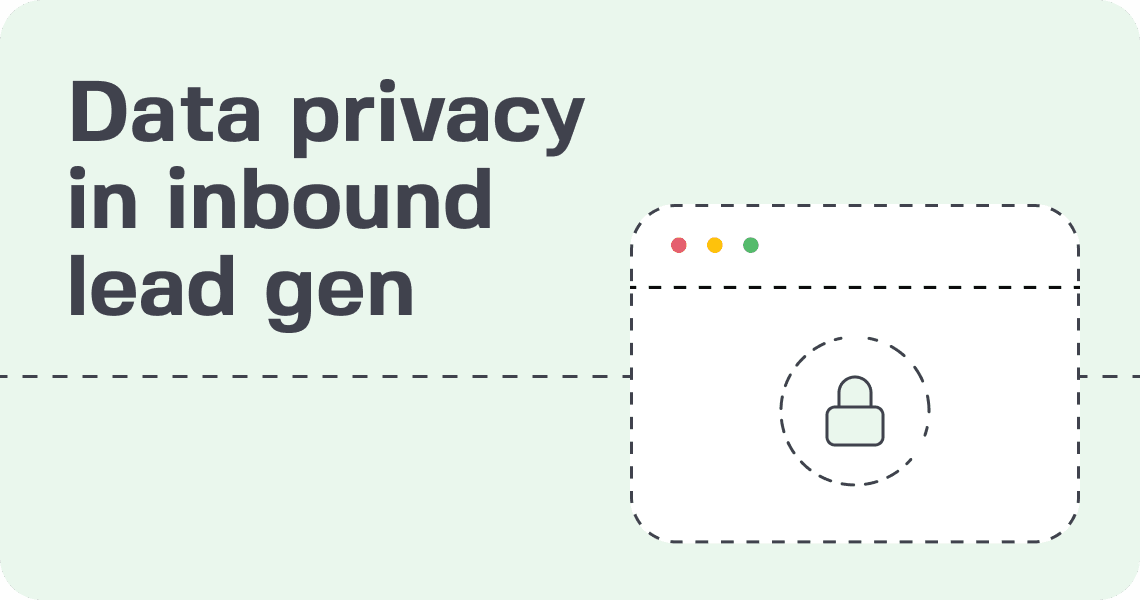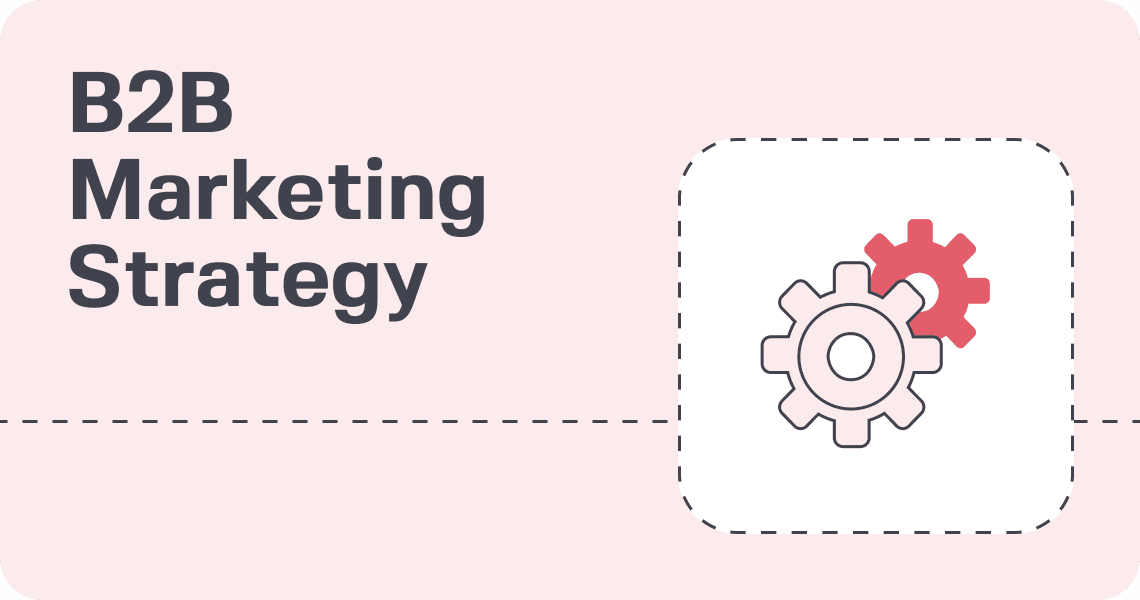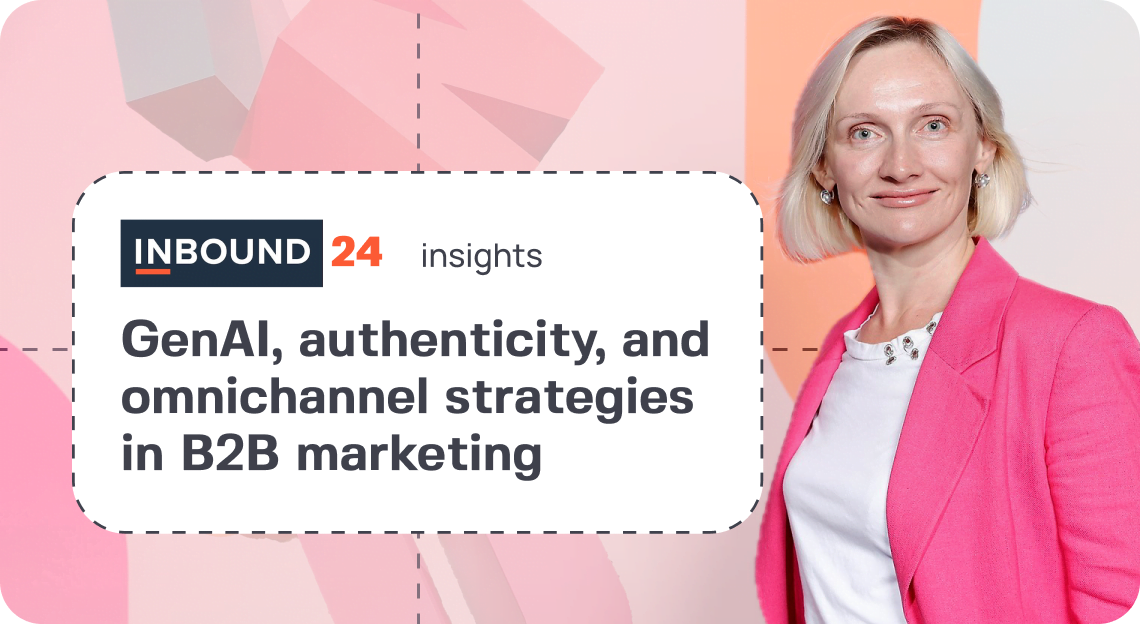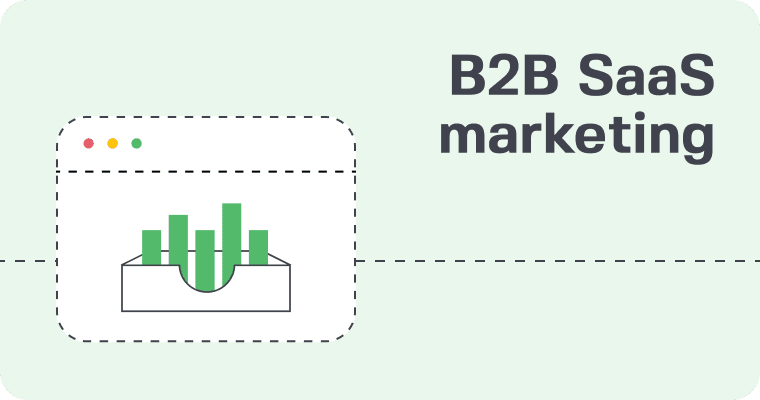Inbound marketing has been a proven technique for B2B growth for years. Yet, the traditional approach to inbound as we know it has not been performing well recently. There are two reasons for that.
Firstly, the B2B buyer’s journey is undergoing critical changes with the rise of AI. Awareness-level traffic is migrating from Google to AI-powered chatbots like ChatGPT and Bard. The evidence for this is also the apparent drop in search volumes for many SaaS and other categories related to solution queries.
Secondly, modern B2B decision-makers, especially younger ones, do their research on multiple platforms before making decisions. They might watch a product review on YouTube, check the company’s Twitter feed, or read articles on LinkedIn before engaging. For example, 40% of Gen Z uses TikTok for their search, based on the TechCrunch study.
So, the inbound demand is shrinking and moving beyond Google search. How to capture it is a new challenge.
What is happening with traditional Inbound Marketing
Traditionally, inbound marketing is our favorite strategy to attract customers by creating valuable content tailored to them. It is cost-effective for niches with high competition and improves brand recognition drastically.
The power of Inbound marketing lies in 3 pillars:
- Targeted content that pulls in potential clients naturally;
- SEO that boosts the visibility of the content;
- Social media that establishes thought leadership and develops corporate accounts to foster trust and credibility in your brand.
Yet, this approach is focused on Google search only. While Google remains a significant player in the B2B inbound marketing space, the rise and evolution of various platforms have diversified the avenues available to businesses.
Modern Inbound Marketing has to respond to two main challenges:
Yet, this approach is focused on Google search only. And it is not enough to respond to the following challenges:
- Generative AI chats are changing the way people search. Especially when it comes to complex B2B tech products. Search engines still matter, but now they share people’s search activity with Generative AI.
- Social Media such as LinkedIn, TikTok, Instagram and even YouTube gain more value as they become main tools to show human-centric enterprise approach and channels to establish thought leadership, catching parts of what used to be Google’s search volumes.
Now it’s time to create an Inbound Marketing strategy that caters to the new customer journey and the evolving digital ecosystem. We decided to call it Inbound 2.0
A new approach – Inbound 2.0
Since people now use social media and AI for their primary search, Inbound Marketing 2.0 has to help B2B companies catch that distributed demand. However, search platforms differ by nature, and one approach for all will not work. While the in-depth understanding of your ICP matters greatly, so do the search algorithms and specifics of each search platform, be it Google, ChatGPT, or TikTok.
Inbound 2.0 is the idea of catching the demand that is spread amongst many channels. It revolutionizes traditional marketing methods, incorporating comprehensive industry research, understanding of your Ideal Customer Profile (ICP), and current media behavior trends to craft a highly personalized marketing and content strategy that aligns with the way people do their online research today.
To put the idea of Inbound into action, we suggest starting with research of the industry insights
- By incorporating a thorough analysis of the industry and competitive landscape, we create highly targeted and effective marketing strategies.
Then, you should develop a customer-centric approach
- Identify the specific needs, pains, and goals of your ICP, which will enable you to craft personalized strategies that effectively resonate with them and convert leads into loyal customers.
Next, take into account each platform’s nature and search algorithms
- Check data behind each of the channels to adopt content strategy.While we don;t know how Tiktok algorithms work, for example, you can check how much content is already created for your target topic, and how are users reacting to similar content with likes, comments and views.
Finally, you should focus on building trust and credibilityHigh-quality tailored content, SEO, and social media strategies coupled with a thought leadership agency. We craft bespoke content, optimize for visibility, amplify your voice on social platforms, and showcase your industry expertise to foster trust and credibility for your brand.
3 B2B Companies that leverage Inbound Marketing 2.0
Grammarly
Grammarly is an AI-powered writing assistant that adeptly employs omni-channel Inbound Marketing 2.0 strategies. Firstly, Grammarly features an extensive “Tools & Guides” section on its website, capturing organic Google demand through valuable educational content tailored to its Ideal Customer Profile (ICP).
Additionally, their thriving TikTok account entertains by jesting about last-minute essays and grammar mistakes, showcasing product value in short, lively videos to an audience of 100k followers, thereby significantly enhancing B2B brand awareness.
Concurrently, Grammarly maintains a YouTube account with 200k followers, presenting concise “how-to” explainer videos, and a LinkedIn account with 150k+ followers, sharing insightful research and industry updates.
This approach magnifies Grammarly’s outreach and augments company visibility within the framework of the Inbound Marketing 2.0 paradigm.
Adobe
Renowned for software such as Photoshop and Acrobat Reader, Adobe harnesses inbound marketing through premium, informative blog posts, webinars, and complimentary trials. They also orchestrate creative campaigns to captivate their audience and stimulate user-generated content.
Exhibiting adeptness in B2B marketing on TikTok, Adobe boasts almost 3 million likes. They share captivating how-to videos, empowering customers with expertise to maximize tool utility, and wholeheartedly contribute to the community they aim to serve.
Hubspot
Hubspot is the guru of inbound marketing, which they invented. They offer an array of free resources for their ICP like blogs, e-books, and free tools that draw customers in. Hubspot also puts a lot of effort into Tiktok, Youtube, and Linkedin to catch the demand on different platforms.
Why choose 42DM as your Inbound Marketing 2.0 partner
Inbound Marketing 2.0 represents a significant evolution in the world of marketing. By incorporating industry insights, personalized customer-centric strategies, and building brand trust, businesses can successfully navigate market challenges.
Embracing Generative AI and leveraging its capabilities while understanding its limitations will be key to staying ahead in this dynamic landscape. The focus on human-centric marketing strategies, thought leadership, and social media will underpin successful brand development in the future.
Here are a couple of reasons why 42DM, a change-driven B2B SaaS marketing agency for tech companies, is a good partner for your Inbound Marketing 2.0:
Contact us today to get a free consultation!


